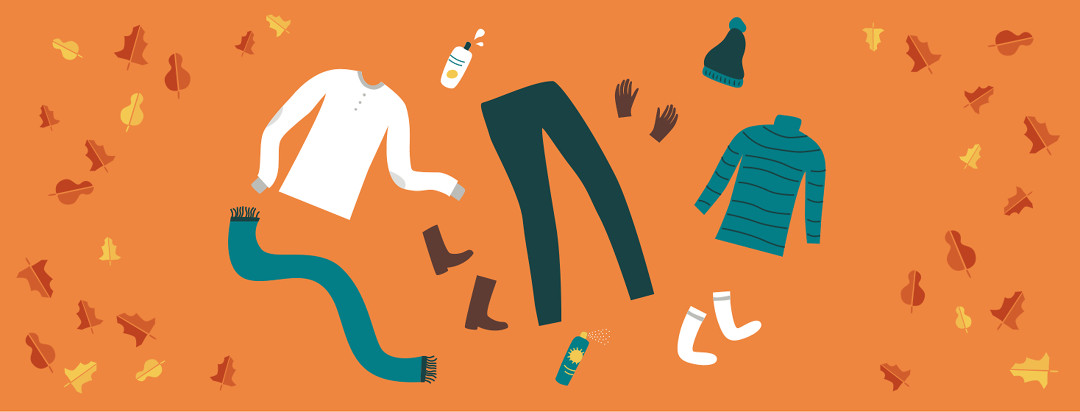"Fall"ing into Sun Protection: #SPF365
Temperatures are dropping, leaves are falling, and we have begun our annual closet dig for sweaters, long-sleeved shirts, and boots. Some of us have, albeit begrudgingly, put away our flip-flops and shorts, and opted for turtlenecks and lightweight jackets. We are covering much more skin than we were just a month or so ago. Our arms aren’t seeing daylight much, and our legs have become hidden beneath our pant legs. There’s just not much sun exposure happening this time of year, right? You would think that’s the case. Cooler weather doesn’t automatically equate to a less significant chance for sun damage or sunburn. Days may be shorter, but the sun’s rays are still going strong.
Keep the sunscreen handy year round
You can pack away your summer gear, the sandals, and your beach towels. While you are excavating the remnants of your summer from your sand-laced beach bag, however, you need to salvage that sunscreen bottle and make it a permanent staple in your home. In fact, invest in a bottle or two while some stores are offering their summer products at clearance prices. It’s going to be a long winter, and the UV rays are taking no vacation. They know no season, and they do not discriminate.
UV rays in fall and winter
Whether you are an active participant in winter sports, driving to and from work, or watching your children play in the leaf piles in your backyard, you (and your children) need sunscreen. A sunscreen product with a minimum of SPF 30 is the recommended strength. Yes, even in winter. Much the way it reflects off the surface of pools, lakes, and ocean water and directly onto your skin, the sun’s rays reflect off the beautiful snow-covered slopes and roadways. Those of us in the southern states may not have snow as a factor, but even our partly cloudy days are just as responsible for allowing the sun’s rays to reach the surface and wreak havoc on our skin.
Skin protection and myths
Sunscreen’s typical association with clear, blue skies and the heat of the summer months is one of the many sun-related myths floating around--a dangerous myth at that. Think about it. When was the last time you saw a prominent display of sunscreen and sun care products alongside the Christmas decor? The potential for sun damage does not disappear during the winter months. You are at as equal a risk for overexposure to the sun’s UV rays as you Christmas shop in November as you were when you were vacationing with your family in July. It’s up to us to stay vigilant and reduce our risk of developing melanoma, basal or squamous cell carcinoma, or accelerating the aging process. Understanding the sun is not a part-time risk is just the beginning.
Let’s review, shall we?
Should you use sunscreen in the fall and winter? Absolutely.
Is it necessary to shield your skin from the sun with hats and long sleeves once summer is over? It sure is!
Is the sun a threat even when the temperatures are cooler? You bet!
You mean I can get a sunburn raking leaves in the fall? That would be a resounding “YES!”
#spf365--Pass it on!

Join the conversation